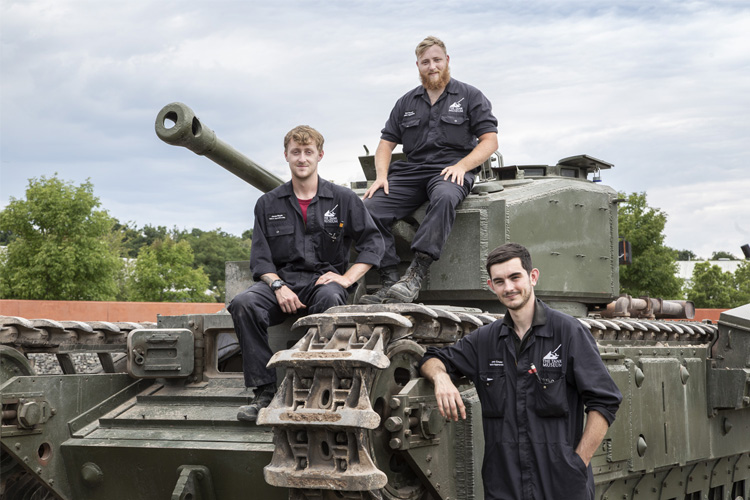December 2020 – The Tank Museum continues its war on boredom with the latest release of online content. …
The Tank Corps at Christmas
Despite the hostilities, festive greetings did not stop for war. Over a century since this Tank Corps Christmas Card was originally sent, it remains in very good condition….
WW2 War Stories: Exhibition Update
Phase 2 of the new Second World War Exhibition, World War Two: War Stories, will open in Spring 2021 and work has been ongoing behind the scenes since Phase 1 was complete earlier this year….
Help Return Churchill III* to Running Order
Help The Tank Museum raise £5,000 to return this British World War Two classic to running order in time for TANKFEST 2021….
Merry Christmas from The Tank Museum
The festive season is upon us, and with it so is The Tank Museum’s first Christmas advert, starring your two favourite Davids….
November on the Museum’s YouTube Channel
November 2020 – The Tank Museum continues its war on boredom with the latest release of online content. …
Surprise Christmas hit for The Tank Museum
Tank-themed Christmas jumpers have proved a surprise festive hit for The Tank Museum….
Iconic Rolls Royce Armoured Car turns 100 years old
The Tank Museum’s oldest running vehicle, the Rolls Royce Armoured Car, turned 100 last week….
October on the Museum’s YouTube Channel
October 2020 – The Tank Museum continues its war on boredom with the latest release of online content. …
£780,000 Lifeline Grant for The Tank Museum
The Tank Museum has been awarded £780,000 as part of the UK Government’s £1.57 billion Culture Recovery Fund….
Another Successful Tiger Day
The Tank Museum has successfully hosted an increased audience for another “COVID secure” Tiger Day, 18-19 September. …
September on the Museum’s YouTube Channel
September 2020 – The Tank Museum continues its war on boredom with the latest release of online content. …
August on the Museum’s YouTube Channel
August 2020 – The Tank Museum continues its war on boredom with the latest release of online content. …
Tank Driver Training on Track
The Tank Museum has five newly qualified tank drivers….
Tiger Day goes ahead at The Tank Museum
With a range of “COVID safe” measures in place, The Tank Museum successfully held its Tiger Day event over the weekend….
The Tank Museum Reopens with a New Exhibition
Following three challenging months of closure, The Tank Museum tentatively re-opened its doors on 4 July….
Painting the Jagdpanther
Over 50,000 viewers and counting tuned in to watch the transformation of our Jagdpanther live on YouTube and other streaming services, as part of TANKFEST Online in June….
TANKFEST Online Raises Vital Funds
£80,000 was raised and one million viewers worldwide enjoyed TANKFEST Online, as The Tank Museum partnered with World of Tanks for a unique live-streamed event….
July on the Museum’s YouTube Channel
The Tank Museum continues its war on boredom with the latest release of online content. …
TANKFEST 2020 Statement
With sadness, The Tank Museum has taken the decision not to go ahead with TANKFEST 2020 in September….

























